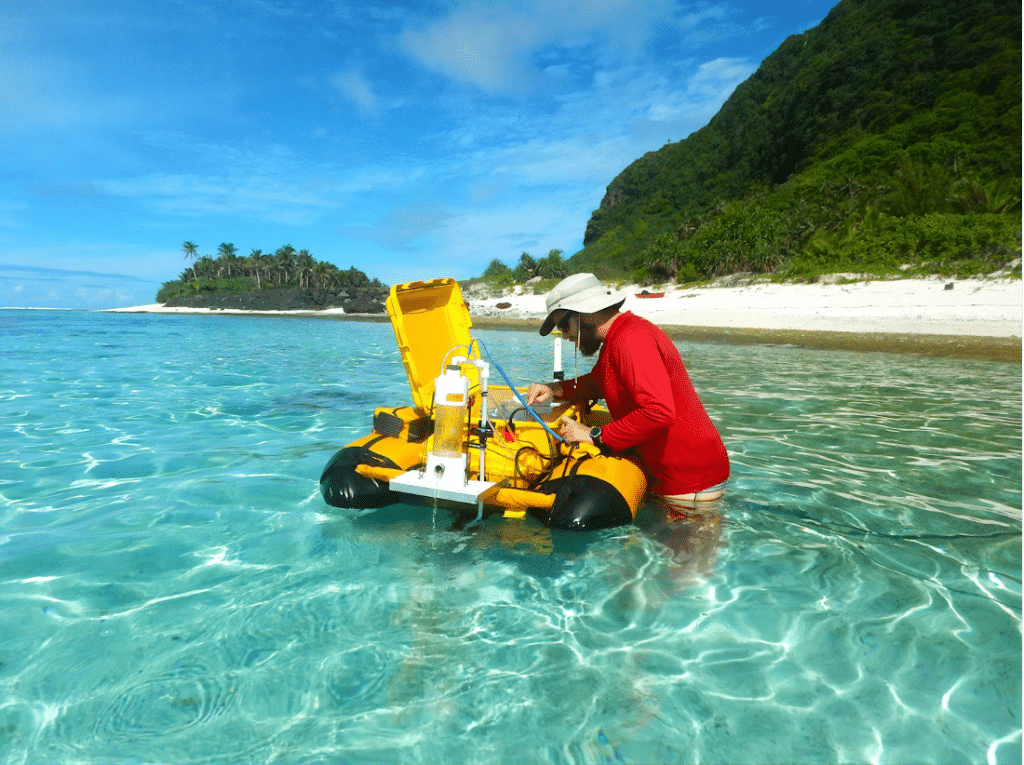As the world faces rising temperatures and growing environmental challenges, artificial intelligence is emerging as a powerful tool for real change. It’s not just about complex algorithms or futuristic tech — it’s about real-world impact. AI helps optimize renewable energy grids, predict extreme weather with greater accuracy, and reduce waste by fine-tuning resource use. From farms preparing for droughts to cities managing energy, these tools turn overwhelming environmental data into clear, actionable insights.
How AI Is Revolutionizing Climate Change Solutions
AI tools are helping solve climate change by enabling scientists and engineers to find practical answers to environmental challenges. From sorting through satellite images to running complex calculations, these systems speed up research and point to effective solutions. Minor improvements add up across different scales, from neighborhood solar projects to regional power networks.
Smart Systems for Renewable Energy Optimization
Modern AI systems analyze weather conditions, grid demands, and consumption patterns to maximize renewable energy efficiency. Advanced algorithms coordinate power distribution, balance loads, and reduce waste across electrical networks. For example, through satellite monitoring and urban development analysis, cities can make strides toward targeted sustainability measures to reduce environmental impact while meeting community needs.
Technologies Making a Difference in Climate Action
Engineers and scientists have created practical tools that help cut pollution while saving energy and money. These technologies, from better building insulation to advanced factory cleanup systems, are helping fight climate change. As more neighborhoods and businesses put these tools to work, they see lower energy bills and cleaner air in their communities.
Carbon Capture Innovations
The smoke rising from factory chimneys has long been a sign of industrial pollution, but that’s starting to change. Modern plants use special filters to catch harmful gases that once drifted into the sky. For example, many factories have found ways to turn these captured gases into syngas — a clean-burning fuel that powers their operations. This process creates a practical reason for companies to clean up their emissions since they can put the captured gases to good use instead of just throwing them away.
Collaborating for Change: The Role of Climate AI Initiatives
Scientists, programmers, and environmental experts collaborate in small teams and large networks to develop better climate solutions. These groups freely share data, code, and insights, helping good ideas spread quickly. When researchers from different countries pool their knowledge, they often spot patterns and solutions that no single team could find alone.
Research Partnerships in Action
Students and professors collaborate with local companies to test new ideas in real-world conditions. In most cases, AI is a component of both data collection and analysis. Their projects range from improving solar panel placement to tracking forest health with drones. Each success story adds to a growing collection of proven solutions that other communities can adapt and use. These hands-on tests help bridge the gap between laboratory research and everyday applications.
Policy and Technology Integration
City planners and tech developers collaborate to determine what works in practice, not just in theory. They examine successful projects in other cities and adapt their lessons to their own communities. This practical approach helps turn promising ideas into actual improvements, from better bus routes to more efficient energy use in public buildings. Regular meetings between tech teams and city staff keep projects on track and responsive to community needs.
Key Takeaways for Sustainable Progress
In many cases, the road to sustainability begins with technology upgrades that complement existing operations. For example, a retail store maintenance team may observe high power bills during summer and install smart thermostats that adjust cooling automatically. In the warehouse, adding motion sensors reduces electricity waste by dimming the lights in empty aisles. As the staff works with these basic tools, they collect useful energy pattern data and identify ways to reduce waste.
Final Thoughts
AI and modern technology give communities practical tools to tackle environmental challenges. Just for two examples, smart power grids help neighborhoods use clean energy more effectively, while data analysis helps scientists spot where conservation efforts make the biggest difference. As more cities and companies use such tools, they create more useful templates for others to learn from. Each successful project adds to our understanding of what works, helping teams choose and adapt the right tools for their specific needs.
